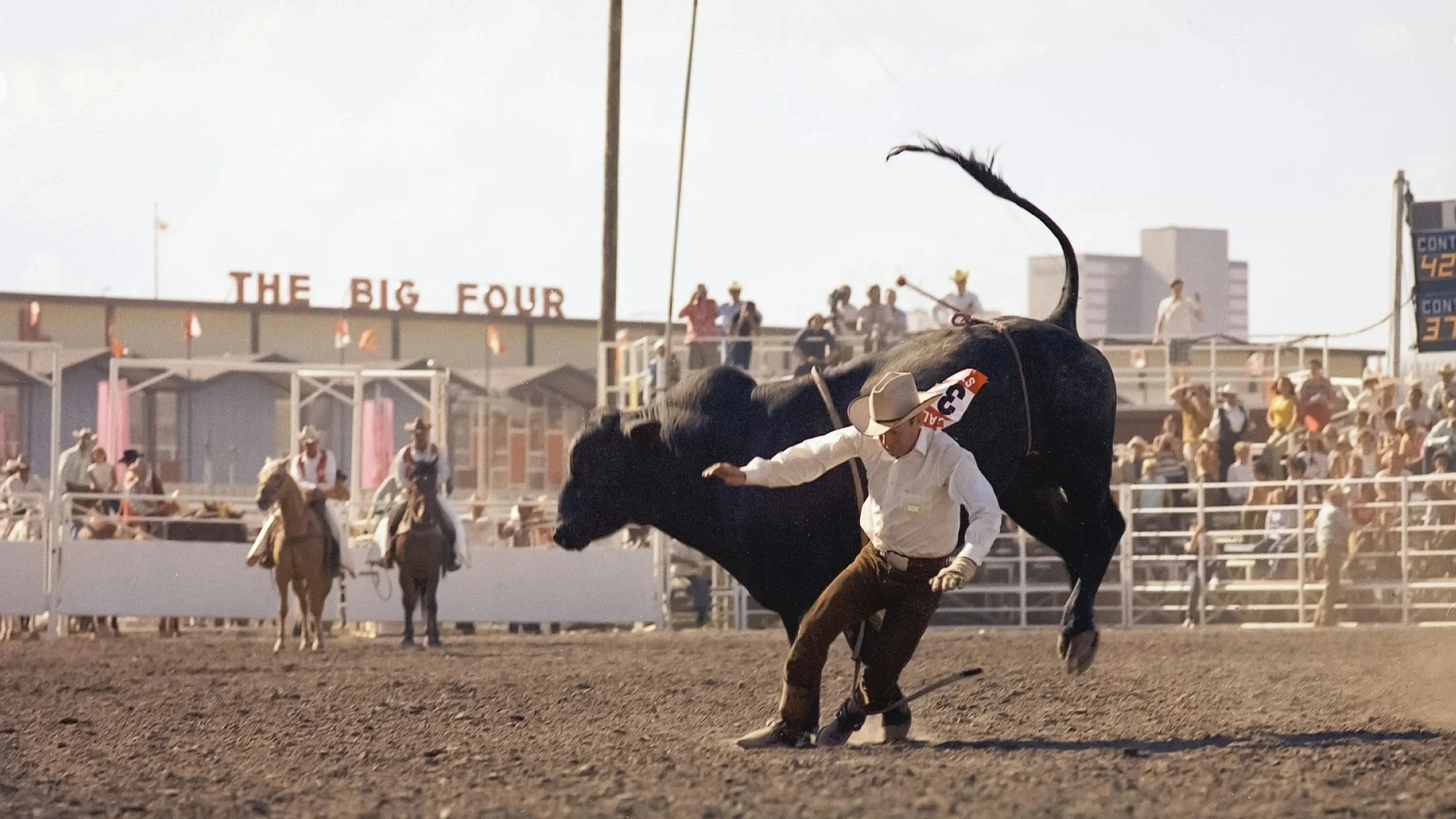The Four Wild Laws That Just Bucked Everything
The 2025 Texas Legislature didn't just tinker around the edges. They took a sledgehammer to local zoning control.
Four new state laws went into effect on Sept. 1st that fundamentally change how housing gets built in Texas's biggest cities. If you live in Dallas, Houston, Austin, San Antonio, Fort Worth, or about 15 other major cities, your neighborhood is about to look very, very different.
If you're a homeowner, this affects you. If you're in real estate, your clients need to understand this. And if you're a smaller commercial broker who hasn't been briefed yet? Pay attention.
Let’s discuss what you need to know.
SB 840: The Game Changer
This is the big one. Senate Bill 840 means apartments can now be built "by right" in any commercial zone. No public hearings. No rezoning. No city council vote.
That strip mall down the street? It can become a 200+ unit apartment complex tomorrow. That vacant office building? Same deal. That older 6-unit building on the corner? The new owner might tear it down and max out the density under SB 840.
Your city council can't stop it. Your neighbors can't protest it. It's now State Zoning, period.
The details that make SB 840 massive:
Cities must allow at least 36 units per acre (that's dense)
Buildings must be allowed up to 45 feet tall minimum (that feels tall when you live in the house next door)
Cities can only require one parking space per unit (get ready to fight for street parking)
No traffic studies required (goodbye, traffic planning)
No rezoning or comprehensive plan amendments needed
If the building meets code, it gets approved—automatically
Some exemption or rules that stay local:
Historic districts get some protection
Properties within 1,000 feet of heavy industrial or 3,000 feet from airports/military bases are exempt
HOAs and private deed restrictions may still apply
Stormwater rules, impervious coverage and building codes still exist (FEMA flood zones are federal—they don't care about state laws)
There are baked-in incentives for cities to comply. (We'll cover that nightmare in another post.)
SB 2477: The Office Conversion Accelerator
Think of SB 2477 as SB 840's sidekick—if 840 hadn't passed, neither would this one. It's specifically designed to turn those empty office buildings into apartments. Fast.
Same basic rules as SB 840, but with some extras:
Floor area ratio up to 1.20 (or whatever the city allows, whichever is greater)
No additional parking required at all
No infrastructure upgrades beyond the bare minimum
No design review (ugly is fine as long as it meets basic code)
Cities can't limit impervious cover below what's already there
Translation: That dying office park can become apartments without adding a single parking space or improving a single road. The infrastructure that barely handled 9-to-5 office workers now has to handle 24/7 residential life.
HB 24: The Protest Killer
Remember the good old days when 20% of neighbors within 200 feet could band together and stop a bad development? Those days are dead.
HB 24 created a two-tier system that basically guarantees neighbors can't stop anything:
For projects adding residential units, this is NEW:
You need 60% of affected property owners just to trigger a protest
That's THREE TIMES as many neighbors as before, for a weaker result
Then you need a majority of the city council (gov body overseeing case) to side with you
For commercial/industrial projects:
Same rules as before with a need to gather 20% to trigger a protest (two ways to get to this either 20% of the land impacted by the rezoning or 20% of the neighbors within 200 feet of the rezoning)
Protesting side needs 75% of the city council to agree
Keep in mind, for projects under SB840 or SB2477, there is no protest opportunity because both represent “by right” zoning. HB24 is another element to the State Zoning bill because it impacts all cities with zoning, not just those large cities impacted by SB840/SB2477.
SB 15: The Lot Shrinker
This one's for new subdivisions on unplatted land of at least 5 acres. Minimum lot sizes just dropped to 3,000 square feet in about 22 Texas cities—the same ones getting hammered by SB 840 and SB 2477.
That's tiny. The legislators originally wanted 1,400 square feet (basically a large living room), but even they realized that was insane.
Still, 3,000 square feet means developers can fit two or three houses where one used to go.
Remember, it takes 5 acres unplatted but if you are located near “open fields” this new rule may bring in tiny home development. Some developers may opt to go with larger lots - the rule is the city can’t force them to use a larger lot size than 3,000 square feet.
Your quiet single-family street? The empty field at the end? It's about to get a lot more crowded.
“Just Gimme the Bottom Line”
The state just stripped cities of their most powerful tools for controlling development. State Zoning now trumps local control.
If you're a homeowner watching your neighborhood change, this probably feels like disaster. If you're a real estate agent, your clients need to understand their property values just shifted—maybe up, maybe down, definitely different. If you're sitting on commercial property, you might have just won the lottery.
Either way, one thing's certain: Texas cities will never be the same.
The Wild West didn't end. It just moved to your neighborhood.


